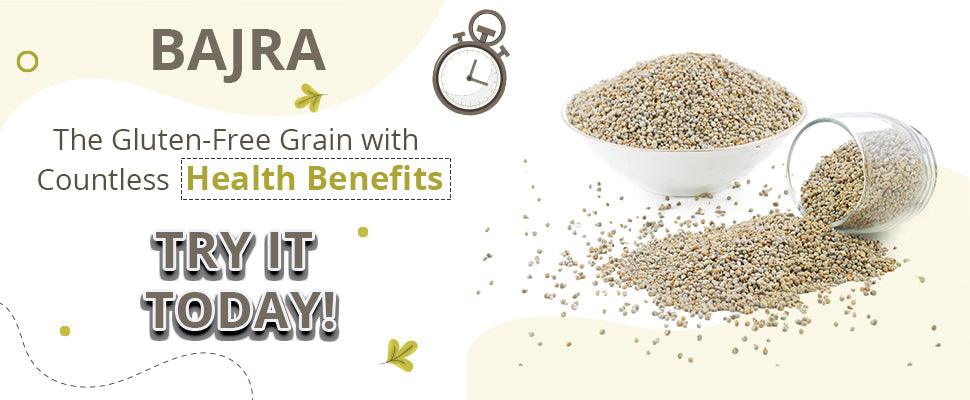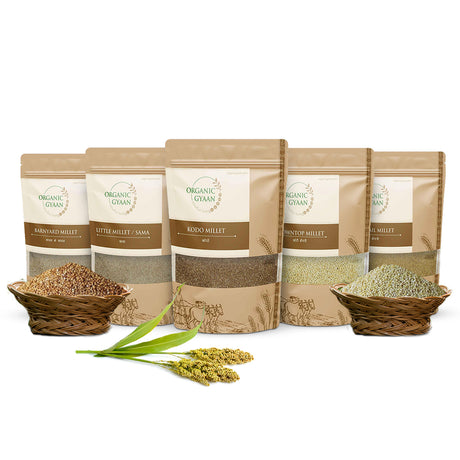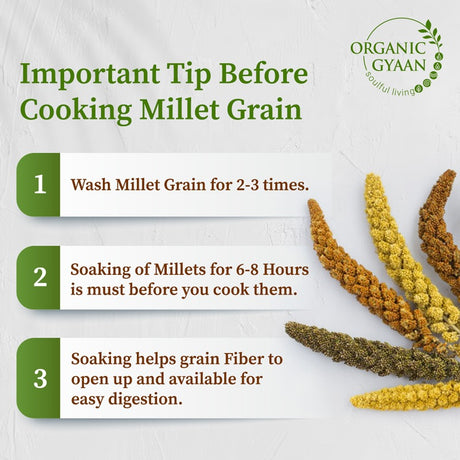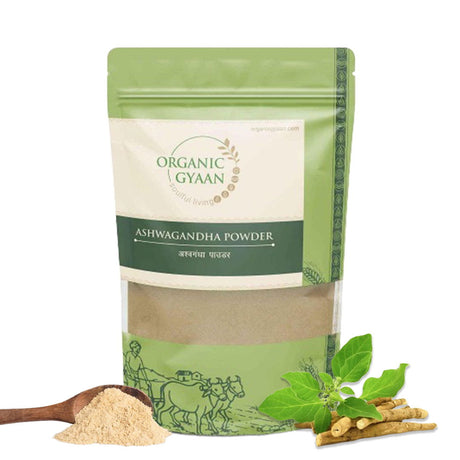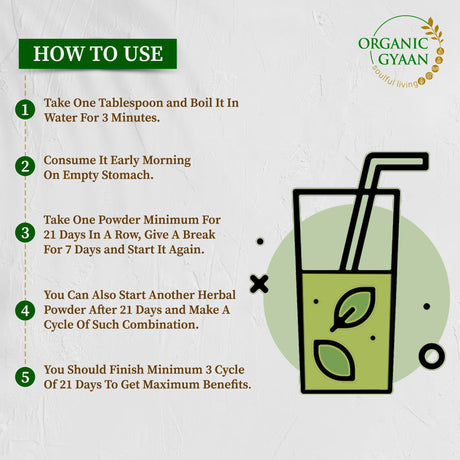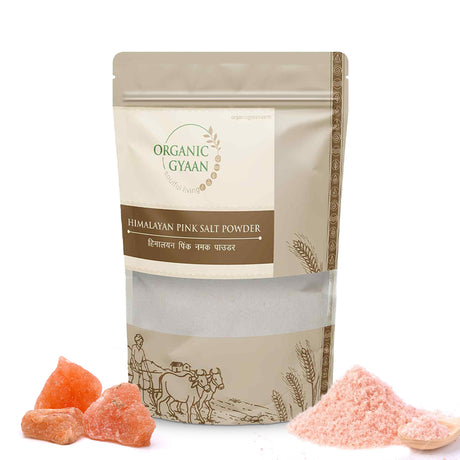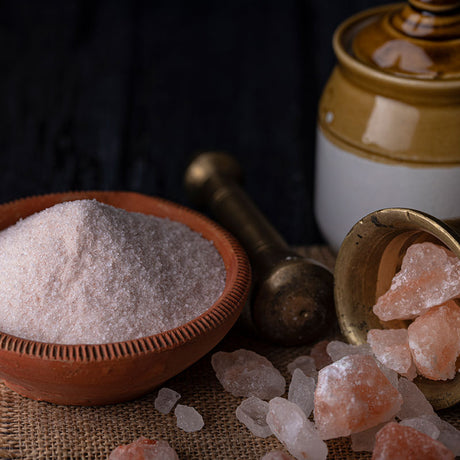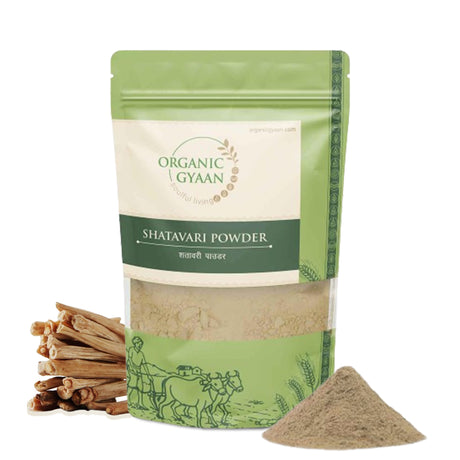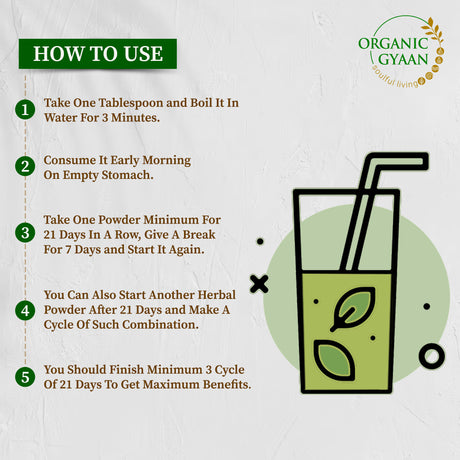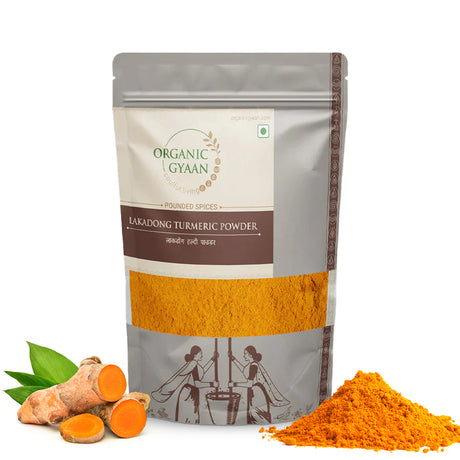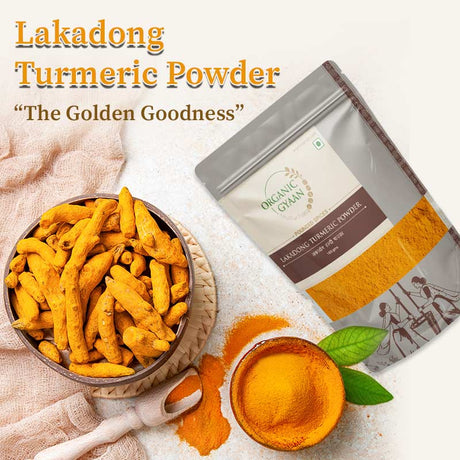Indian cuisine is full of diversity and types, methods and eating styles change at every stop. Depending on the availability of food at the local level, climate conditions, and lifestyle of people, a rich food culture is developed in this food-loving country. If you have ever travelled to the north side of the country, you will find an authentic delicacy ‘bajra roti and ghee & gud’.
Bajra or pearl millet is a commonly used millet across India, especially in the north and western regions of India. States like Rajasthan, Punjab, Haryana, and Gujrat have food culture based on pearl millet and dishes like bajra ki khichdi, stuffed bajra roti, and thalipeeth have an integral part of regional food culture. Dishes made from pearl millet are not only mouth-watering but are extremely nutritious. Explore the reasons why one should go local, eat traditional food, and understand how bajra benefits can offer you sustainable health.
What is Bajra?
Bajra or commonly known as pearl millet and is famous for easy digestion. With a gluten-free feature, it raises a healthy option for gluten-intolerant or celiac people. Enriched with carbs, protein, and other health vitals, bajra is ranked top in healthy grains with a low glycaemic index. Like other millets, this is also consumed in its ground form. Bajra flour is greyish and tastes mild nutty, which can become a base ingredient for dishes like bajra roti, paratha, ladoo, and others. As the grain is gluten-free, bajra flour doesn’t stick together well. Develop some culinary skills to prepare dishes out of it.
Different Ways to consume Bajra in the Daily Diet
There are different ways of consuming bajra in daily routine. Grinding the grain, making bajra flour, and making a variety of dishes from it is the best and easy way. Here is the list of the options for adding bajra to your daily diet:
-
Young grain which can yield in the winters doesn’t require cooking and can make a spicy bhel along with sev, chutney, and other required spices.
-
A Rajasthani delicacy ‘Ghaat’ can be made with roughly ground bajra and cooked with yoghurt and a tempering of asafoetida.
-
One can even mix bajra flour with rice paste and fermented batter can be used to make idlis and other South Indian delicacies.
-
Plain bajra flour can be used to make bhakris, bajra roti, or parathas and can be paired with vegetables or pickles.
How Bajra can encompass comprehensive Health Benefits?
Bajra is loaded with lots of health vitals like carbohydrates, dietary fibre, protein, and others, making it an ideal food for all. People consuming millet on a regular diet is observed to be stronger and healthier than those who don’t. Learn bajra benefits and achieve healthy goals:
1. Perfect Grain for Diabetic People
There are lots of constraints for diabetic people in case of consuming grains. They cannot consume staple grains like wheat and rice for fear of adverse effects. Bajra can raise as a good option for them. On the energy scale, one bajra roti calories can be counted as 220 to 230 calories so, it can cover a major portion of the daily requirement. The carb contents of bajra are slowly digested and thus help to maintain a regulated glucose level. With a low glycaemic index, bajra becomes one of the prime food options for people with uncontrolled blood sugar levels.
2. Get Rid of Constipation
Bajra is known for promoting good gut health. Bajra flour is loaded with dietary fibre, to be specific, almost 13%. This can make you feel fuller for a longer time with a slow digestion rate. One can keep weight in control with regular consumption of bajra as it suppresses the mid-time cravings. Also, it is a perfect food for gluten-intolerant and celiac people. The insoluble fibre of bajra can ease bowel movement and improve overall digestive health.
3. Controls Blood Pressure
People suffering from imbalanced blood pressure have the best option of food made up of bajra to control the levels. Enriched potassium content is required for lowering high blood pressure, which is loaded in bajra in good amounts. It will also help to flush out the sodium from the body, which may again lower blood pressure. Minerals like magnesium also play a significant role in lowering blood pressure levels and keeping good cardiovascular health.
4. Superfood Status
Bajra roti or food made with bajra as a core ingredient is considered a good substitute for high-protein food for vegetarians. Pairing it with seeds like legumes, moong dal, rajma, and other lentils can increase your plate’s health quotient. Bajra is packed with minerals like phosphorous which can make your bones stronger. Dietary fibre keeps your digestive system well. Last but not least, an adequate amount of good fat may help people with high cholesterol in retaining their cholesterol levels on track. Thus, bajra attains the superfood status with in-built nutrition and people can secure good health with regular consumption of it.
5. Rich in Antioxidants
Regular consumption of bajra can result in lower free radical damage and prevention of early ageing symptoms like wrinkles, fine lines, and acne. Bajra benefits also cover diseases like Alzheimer’s Disease, Parkinson’s Disease, and others.
When it comes to intelligence and its implementation in our daily life, no one can beat our ancestors! They have smartly integrated local food by identifying their nutritional strengths and developed a rich, nutritious, and apt food culture. Bajra or pearl millet is one of the valuable additions which is taking several traditional recipes to the next level. They not only develop and calm tastebuds but also strengthen your body with the correct combination of other food items. Bajra benefits are undoubtedly ruling our food culture and offering boosted health. Trust us for organically grown bajra millet or just select our highly recommended bajra flour and start using it as soon as you get it.

